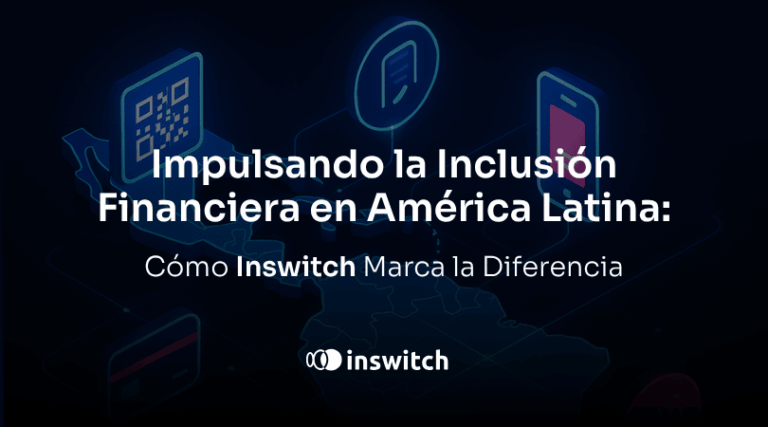
The Growth and Opportunities of Fintech in Latin America
Introduction:
In recent years, the financial technology, or Fintech, industry has been experiencing exponential growth worldwide. Latin America, in particular, has emerged as a hotspot for Fintech innovation and investment. The region’s diverse population and growing middle class, coupled with a high smartphone penetration rate, have paved the way for disruptive financial services. This article explores the growth and opportunities of Fintech in Latin America and highlights its potential to transform the way people access and manage their finances.
Hook:
Imagine a world where you can receive a loan, send money overseas, or invest in stocks, all from the convenience of your smartphone. This is the exciting reality that Fintech has brought to Latin America, a region historically plagued by limited access to traditional banking services. As Fintech continues to gain momentum, Latin America stands at the forefront of this revolution, providing untapped potential and lucrative opportunities for investors and entrepreneurs alike.
1. The Current Landscape of Fintech in Latin America:
Latin America’s Fintech landscape has witnessed remarkable growth in the past decade. According to the Inter-American Development Bank, the number of Fintech startups in the region has more than tripled since 2016, with Brazil, Mexico, and Colombia leading the way. These startups are disrupting various areas of finance, including payments, lending, remittances, and insurance.
2. Factors Driving Fintech Expansion in Latin America:
a. Financial Inclusion: Traditional banks have struggled to reach underserved populations in Latin America, leaving millions without access to basic financial services. Fintech bridges this gap by providing affordable and convenient alternatives, enabling greater financial inclusion and empowering individuals and small businesses.
b. Growing Smartphone Penetration: Latin America has one of the highest smartphone penetration rates globally, opening doors for mobile-based financial services. Fintech companies capitalize on this trend by developing user-friendly apps that cater to the evolving needs of digitally-savvy consumers.
c. Favorable Regulations: Governments across Latin America are increasingly recognizing the potential of Fintech to drive economic growth. They have introduced favorable regulatory frameworks and legislative reforms that foster innovation, attract investment, and ensure consumer protection.
3. Key Fintech Sectors in Latin America:
a. Digital Payments: Fintech companies are revolutionizing the way people transact by offering secure and convenient digital payment solutions. Companies like MercadoPago, Ualá, and PagSeguro have gained significant traction in the region, driving the adoption of cashless transactions.
b. Peer-to-peer Lending: In a region where access to credit is often limited, peer-to-peer lending platforms like Nubank and Kubo Financiero are providing individuals and small businesses with much-needed capital. By leveraging technology and alternative credit scoring methods, these platforms are creating opportunities for growth and development.
c. Remittances: Latin America is a major hub for remittances, and Fintech platforms like Remitly and TransferWise have streamlined the process, reducing transfer costs and improving speed. This has positively impacted both senders and recipients of remittances, promoting financial inclusion and stimulating local economies.
d. Insurtech: The insurance industry in Latin America is being transformed by technology, with Insurtech startups like Jooycar and Grupo Planetun leveraging data analytics and machine learning to provide personalized and affordable coverage. These platforms are making insurance more accessible and adaptable to the region’s specific needs.
FAQs:
Q1. Are Fintech services secure?
A1. Yes, Fintech companies use advanced encryption technologies to ensure the security and privacy of user data. Additionally, regulatory bodies oversee these companies to ensure compliance with international security standards.
Q2. How can Fintech benefit the unbanked population in Latin America?
A2. Fintech enables the unbanked population to access basic financial services, such as savings accounts, loans, and insurance, through mobile-based platforms. By eliminating the need for traditional brick-and-mortar infrastructure, Fintech makes financial services more affordable and convenient for everyone.
Q3. Can Fintech replace traditional banking in Latin America?
A3. While Fintech has the potential to disrupt traditional banking models, it is more likely to complement existing financial institutions. Partnership opportunities between Fintech startups and traditional banks are emerging, allowing for enhanced customer experiences and expanded services.
Conclusion:
Latin America represents a goldmine of opportunities for Fintech entrepreneurs and investors. The region’s vast unbanked population, coupled with favorable regulatory environments and increasing smartphone penetration, sets the stage for disruptive innovation in financial services. As Fintech continues to reshape the way people access and manage their finances, Latin America remains at the forefront of this transformative movement. The growth and opportunities in the Fintech sector in Latin America are not only revolutionizing the financial industry but also driving greater financial inclusion and economic growth in the region.


















